Without the return cone, the raw flour filaments would simply slide down the inner wall of the tube like dense "noodles" into the next stage cyclone, with virtually no contact with the hot airflow....
Luoyang Zhili New Materials, established in 1992, is one of the leading processing centers for wear-resistant materials in the world, providing high-quality service for wear parts in the mining, cement, power plant, steel, coal, and other industries.
Zhili New Materials
In large and complex cement production lines, the cyclone preheater (CSP) is the core of energy consumption control. Its efficiency directly determines the total heat consumption and production of the entire line. Inside the connecting ducts between the various cyclones in the preheater, there is a seemingly simple, yet crucial component: the return cone (also known as the spreading plate or dispersion cone). Although discreet, it serves as the "central axis" to ensure the efficient and stable operation of the entire preheating system.
The operation of the return cone is a fascinating process of fluid mechanics and heat transfer that can significantly improve the efficiency of the cement preheater. Here's how it works:
1. Material Transport: The raw meal from the previous cyclone falls through the discharge pipe under the influence of gravity as a dense flow.
2. Mechanical Impact Dispersion: This flow directly impacts the surface of the return cone. The unique angle and shape of the cone transform the vertical force of the droplet into a horizontal splash force, achieving the initial "crushing" and "distribution" of the flow.
3. Gas-Solid Two-Phase Mixing: The initially dispersed feedstock is launched into a pipe filled with high-speed, rising hot air (from the next stage cyclone). The airflow, reaching speeds of up to 15-25 m/s, instantly lifts and drags tiny droplets of material, creating a highly turbulent suspension.
4. Efficient Heat Exchange: After complete dispersion of the feedstock particles, their specific surface area increases hundreds or even thousands of times. Each tiny particle is surrounded by high-temperature gas, maximizing the efficiency of heat transfer from the gas to the material. In addition, the return cone at the calciner inlet provides excellent initial conditions for the mixing, combustion, and decomposition reactions of the raw material and fuel.

Without the return cone, the raw flour filaments would simply slide down the inner wall of the tube like dense "spaghetti" into the next stage cyclone, with virtually no contact with the hot air flow. This would lead to a sharp drop in heat exchange efficiency, a sudden increase in outlet temperature, and a significant increase in system heat consumption. The return cone is a perfect example of how "details make the difference." in cement production line preheater systems. Although it is a stationary component, its ingenious design allows it to play an irreplaceable role in the dynamic interaction between the material and the airflow.

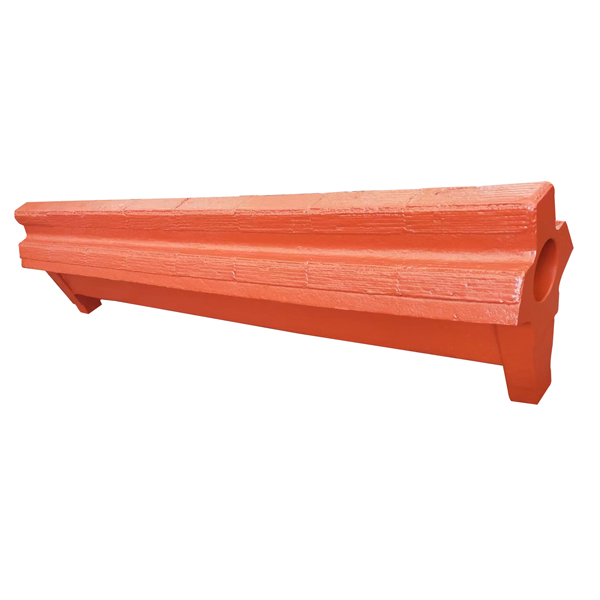
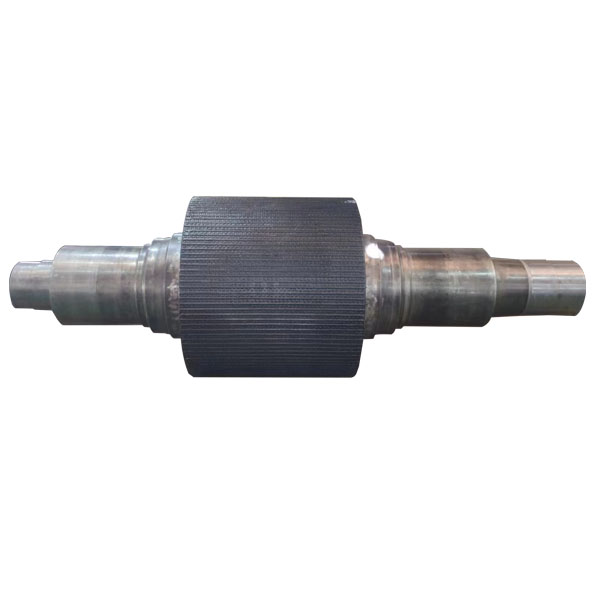
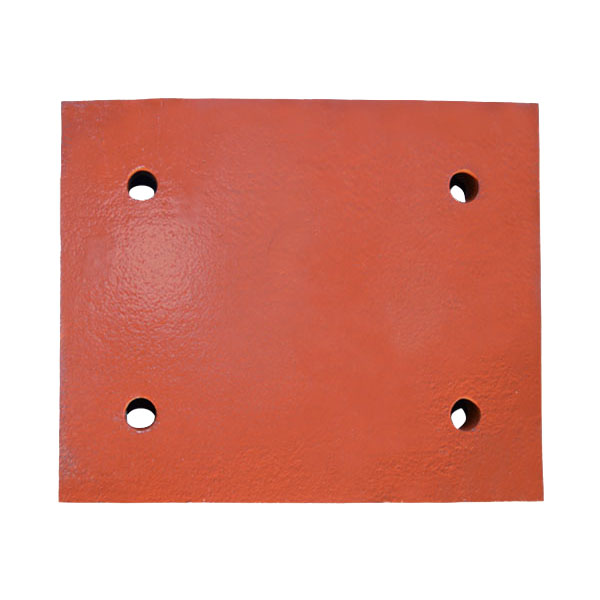
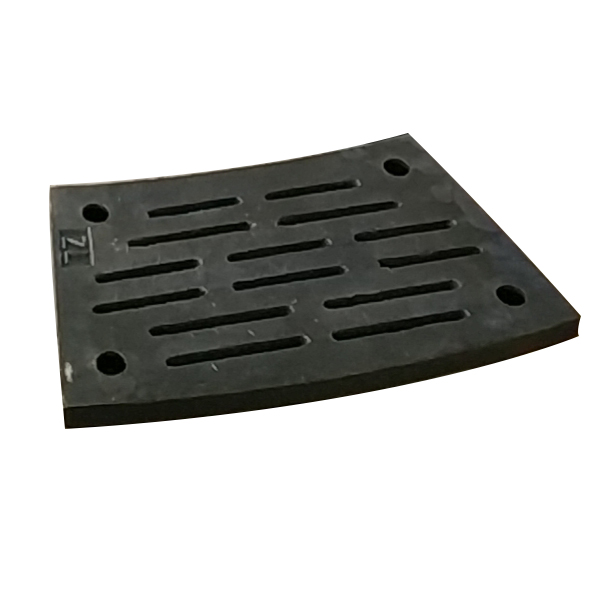


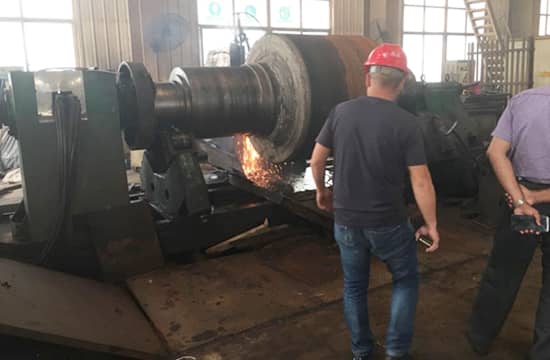


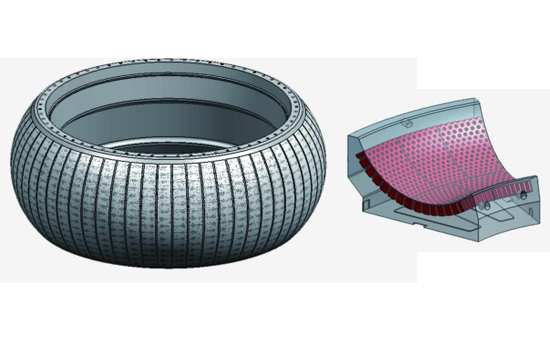

Related articles
Smart, digital, low-carbon, and green development remains the focus of the cement industry's development. The 26th AICCE is t...
Guangzhou quarry exhibition, wear parts for impact crushers, wear parts for crushers, crushing parts, impact bars, price of i...
It is widely used in large crushers, mills, machine manufacturing, agricultural machinery, pipe fittings and other industries...
Our optional materials for jaw plates: high manganese steel, super high manganese steel, alloy steel, titanium alloy bars wit...
Luoyang Zhili New Materials will also be participating in this exhibition. Our booth is: 51. We will be showcasing wear-resis...
Following ongoing research, it has been discovered that ceramic nanospheres replace traditional steel spheres and have broad ...